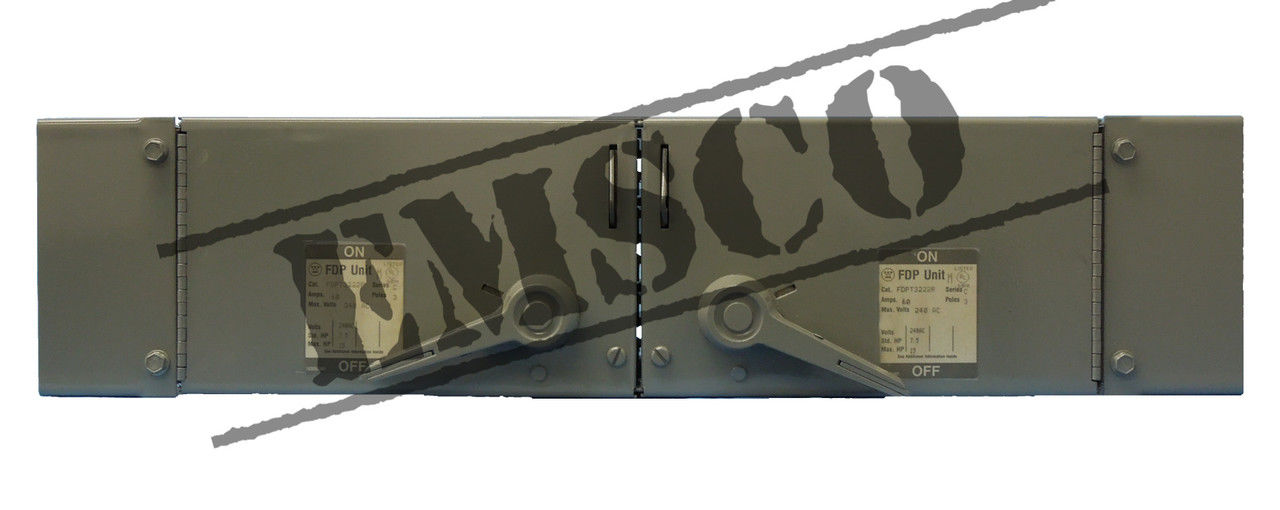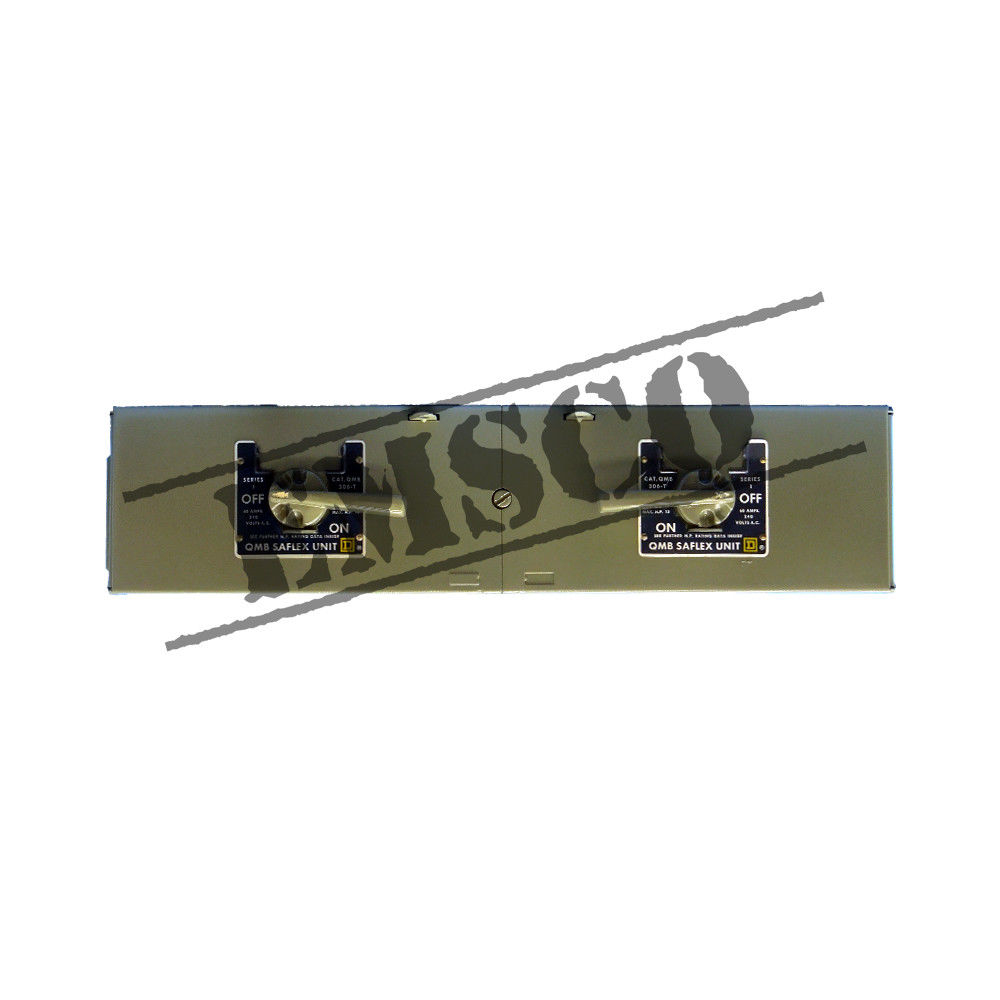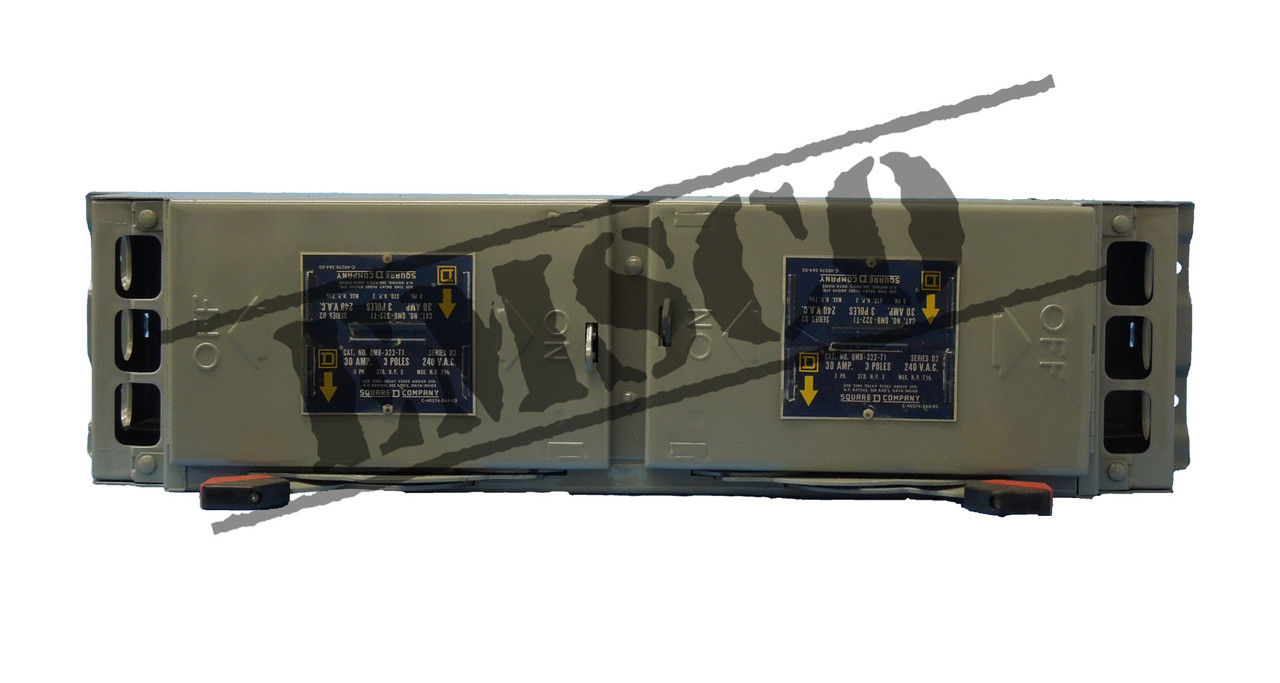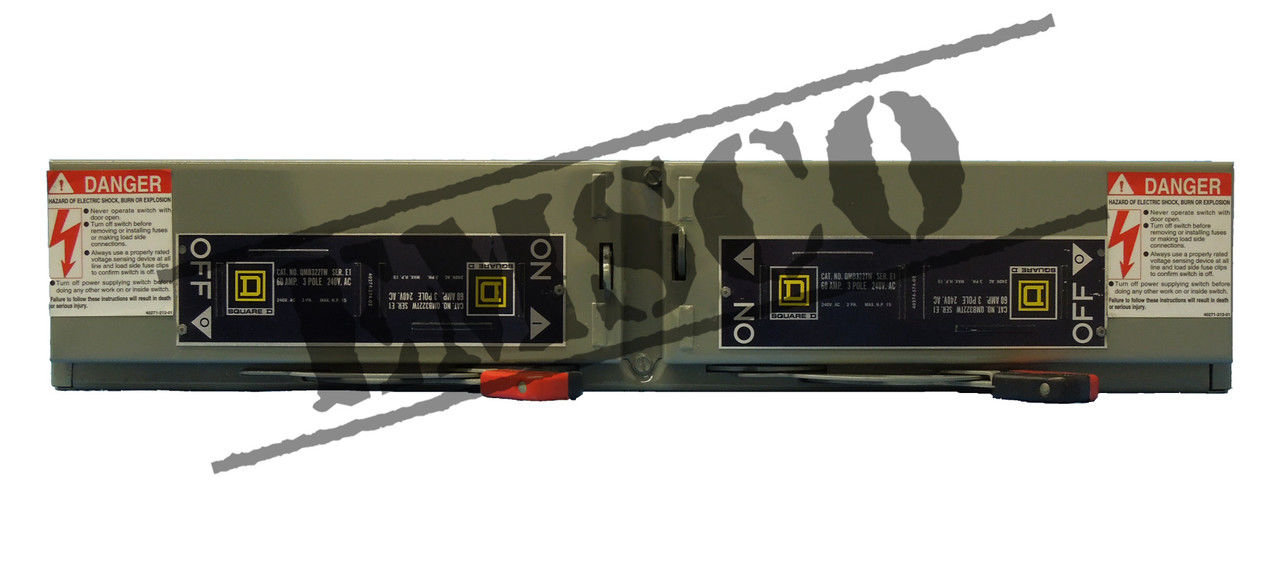Panelboard Switches

FDPT3222 Westinghouse Panelboard Switch
QMB306T Square D Panelboard Switch
QMB322T Square D Panelboard Switch
QMB322TW Square D Panelboard Switch
Used and Refurbished Panelboard Switches
EMSCO has been specializing in used and refurbished panelboard switch options for over 75 years. Need help identifying the panelboard switches you need to replace, use our website to find it.
Looking for Help Selecting High-Quality Panelboard Switches?
When it comes to electrical panelboard switches, our product specialists are your source for both new and reconditioned panelboard switches. Our electrical pros have experience working in the electrical field. This means you get solutions based on experience with solving problems just like yours.
We locate and deliver panelboard switches that meet industry standards, providing dependability and longevity. We’re a trusted partner and take the worry out of selecting the right switch from our huge inventory for a panelboard part that will work in your electrical system.
Considerations When Selecting Your Panelboard Switch
Amperage and Voltage Ratings:
Check that the amperage and voltage ratings of the panelboard switch match the particular needs of your electrical system. To avoid overloading and to guarantee safe and efficient operation, choose a switch that can manage the maximum current and voltage of your application.
Application Compatibility:
Understand the specific application your panelboard switch is designed for. Switches are made for a range of applications, like main disconnects, motor control, and lighting circuits. Understanding the specific needs of your application helps you select a switch that's designed to meet the needs of your electrical system.
Type of Protection:
Consider the type of protection supplied by the panelboard switch. Fusible switches use fuses to protect against overcurrent, while non-fusible switches use different protective devices. Consider the level of protection needed for your system and select a switch that meets safety and regulatory standards.
Enclosure Type and Environment:
Inspect the environment where your panelboard is placed. Environmental factors such as dust, moisture, and corrosive chemicals are why different enclosure styles are available. To ensure the switch's lifetime and reliability, choose an enclosure suited to your installation location.
New, Refurbished, or Surplus Options:
Find a cost-effective solution for your budget and needs. New panelboard switches include the latest tech and come with warranties, while refurbished choices are completely tested and restored to like-new standards. Surplus switches save money and could be useful for less sensitive applications. Consider the trade-off between your budget and the performance and dependability needed for your application.
What Type of Panelboard Switch Do You Need?
Main Breaker Panelboard Switches: Include a built-in main circuit breaker, serving as the primary disconnect for the entire electrical panel. Used in residential and commercial applications.
Branch Circuit Panelboard Switches: Designed for specific circuits. Control individual branches of electrical circuits within a panel. Used in homes, offices, and industrial settings.
Fusible Panelboard Switches: Equipped with fuses for circuit protection. Prevent overcurrent situations in industrial and commercial places needing precise protection.
Non-Fusible Panelboard Switches: Similar to fusible switches but without fuses. Rely on other protective devices in the circuit. Used where fuses are not practical or necessary.
Motor Control Panelboard Switches: Specially designed for controlling electric motors. Ubiquitous in industrial situations for precise control over motor operations.
Lighting Panelboard Switches: Suited for controlling lighting circuits. Common in residential, commercial, and industrial settings to manage lighting systems efficiently.
Distribution Panelboard Switches: Used in electrical distribution panels. Help control and distribute power to various circuits within a panelboard.
Industrial Panelboard Disconnect Switches: Common in industrial settings, serve as a disconnect switch for panelboards. Provide safe power isolation during maintenance or emergencies.
Power Distribution Panelboard Switches: Similar to distribution panelboard switches. Focused on managing the power distribution within a panelboard, giving efficient and reliable power delivery.
Generator Panelboard Transfer Switches: Designed for panelboards connected to generators. Facilitate seamless transfer of power sources for continuity during power outages. Also power stability when switching between main power and backup generators.
Electrical Panelboard Testing to Meet Industry Standards
Before we ship, our panelboard switches undergo standardized electrical testing to certify quality and performance. Our investment in test equipment means you receive products that are reliable, durable, and capable of withstanding the demands of your unique environment.
We’ll guide you through selecting the correct switch based on your application's power requirements. Our staff is trained to deliver personalized service by asking the right questions and learning about your problem before offering a solution. From power ratings to compatibility considerations, informed decisions optimize the efficiency and safety of your electrical systems.





